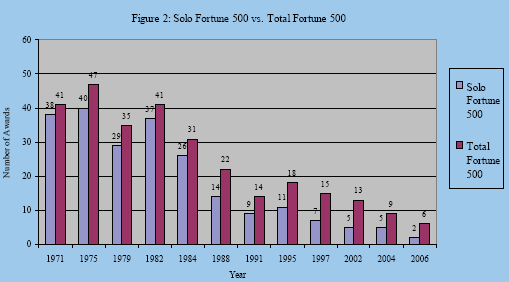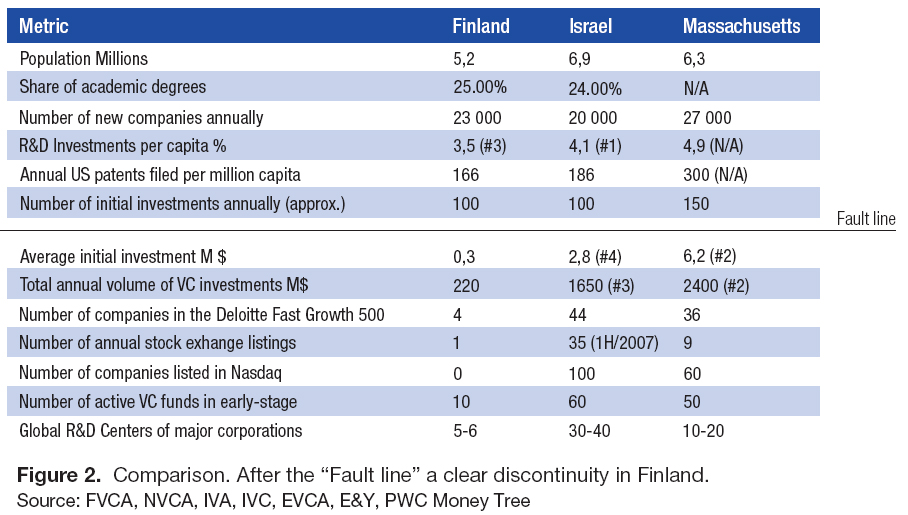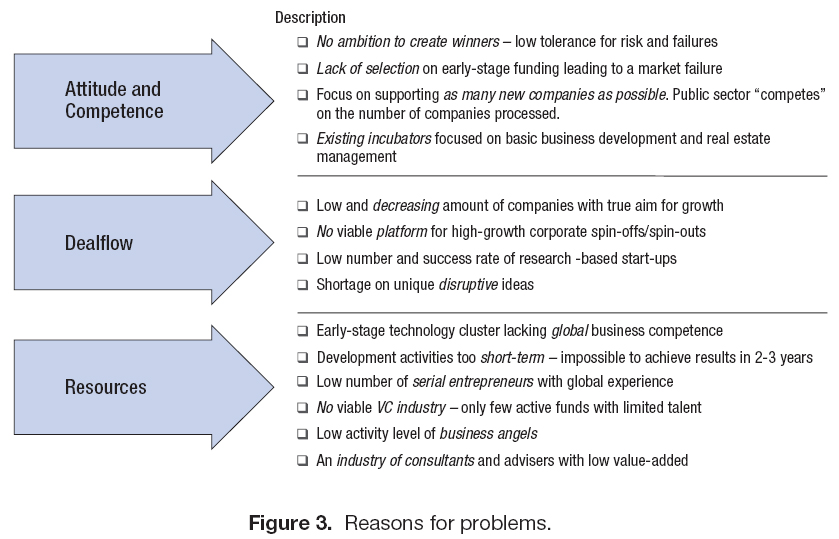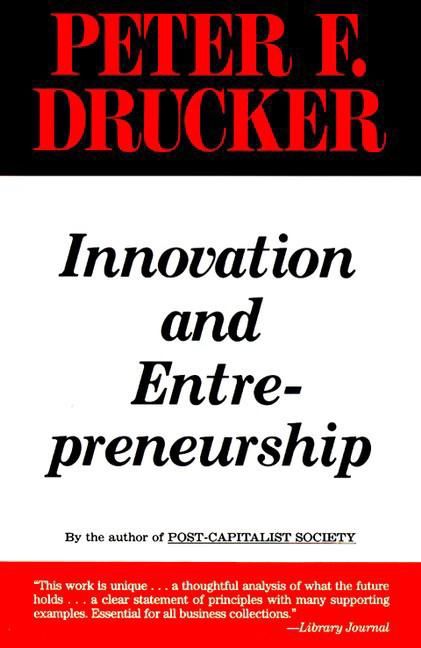An interesting article about the origins of innovations was recently published. It looks at the R&D 100 Awards as a way to analyze where innovations come from. There is an interesting analysis about the evolution of economy in general such as:
– Changes in the Place of Scientific Knowledge:
– the old distinction between “basic science” and “applied science” is becoming obsolete,
– a high degree of consensus that successful technological innovation now requires the assembly and management of multidisciplinary teams,
– IBM, Xerox and others may have been the locus of great innovations, but these firms sometimes failed to exploit radical innovations.
– Dramatic shifts in oligopoly capitalism due to new challenges:
– mounting competition from foreign firms,
– shifts in government regulatory policies,
– impact of computerization,
– shifts in consumer taste away from standardized products,
– shifts within the financial markets.
– The 80’s efforts to:
– increase the commercial impact of research such as the Bay Dohle Act,
– finance precompetitive R&D (SBIR),
– provide technical support to business firms,
– support consortia (SEMATECH).
As a result, there has been a shift in the origins of major innovations as illustrated below.
I would have thought that the shift was in favour of universities and start-ups. The study shows that interdisciplinary collaborations as well as the Federal Laboratories have become the major source of innovations. “Research efforts that involve cooperation between two or more different organizations similarly weaken this hierarchical constraint on thinking outside the box.”
The end of the article is a discussion of the reasons why Fortune 500 companies have been less effective at innovating. Factors seem to be:
– big corporations facing relentless pressures from the financial markets have been forced to cut back on expenditures that do not immediately strengthen the bottom line,
– the rise of computers and the Internet, have made it much easier for small firms to enter markets previously dominated by large firms,
– a change in the employment preferences of scientists and engineers… “it seems quite possible that many talented scientists and engineers have voted with their feet and have left work in corporate labs in favor of work at government labs, university labs, or smaller firms,”
And the authors are quite convinced the
As a conclusion, “In the United States, there is no central plan for innovation, and different federal agencies engage in support for new technologies often in direct competition with other agencies. The federal government has created a decentralized network of publicly funded laboratories where technologists will have incentives to work with private firms and find ways to turn their discoveries into commercial products.” There is thus a combination of decentralized networks and targeted federal programs, similar to the venture capital model where many ideas will fail but a small number will succeed. “The enormous gains from the small percentage of winners are more than enough to cover the losses from the others.”








